Guide for Teachers
This guide is meant to help you better understand how to use the Skills Toolkit section of the website. For each of the 14 skills, the skill toolkits provide the information described below.
What does the skill mean?
This section will provide you with a sense of what each learning skill on the kindergarten report card means. While some of the skills may seem self-explanatory, teachers sometimes have different understandings of what they actually mean. It is important to make sure that all teachers have the same understanding of the skills to ensure that children are being assessed in the same way across the district. A common understanding will also help make communication between teachers and families easier.
What does the skill look like in the classroom and at home?
This section provides a short example of each learning skill on the kindergarten report card both in the classroom and at home. These examples can help make the definition of each skill more clear and will give you a sense of how the skill might look different in the classroom and at home.
How can I explain this skill to children?
Before teaching children a skill, it is important to explain the skill in a way that young children will understand. This section provides one example of how you can explain this skill and its importance to children in a way that makes sense to them.
What are some examples of best practices from educational experts and my fellow teachers?
This section was developed by looking at best practices to support these skills and by talking to district kindergarten teachers and families in Philadelphia. Here you will find a list of quick and easy strategies that you can use in the classroom to support these skills. Please consider the needs of English language learners and students with IEP/504 plans when reviewing this information.
You can also think about some of the things you already do in your classroom to support these skills and talk to other teachers about their best ideas.
How can I encourage children when I see them trying to learn this skill?
When you see children working hard to learn these skills, reinforce their behavior with positive recognition. Let children know that you see their efforts and are proud of them. Certain types of praise are more effective than others. Praising children with specific words rather than general statements can help them better understand what behaviors you are recognizing. In addition, focusing on children’s efforts rather than on a product or outcome will make them feel confident in tackling challenges and will reinforce the importance of trying their best regardless of whether they fail or succeed.


